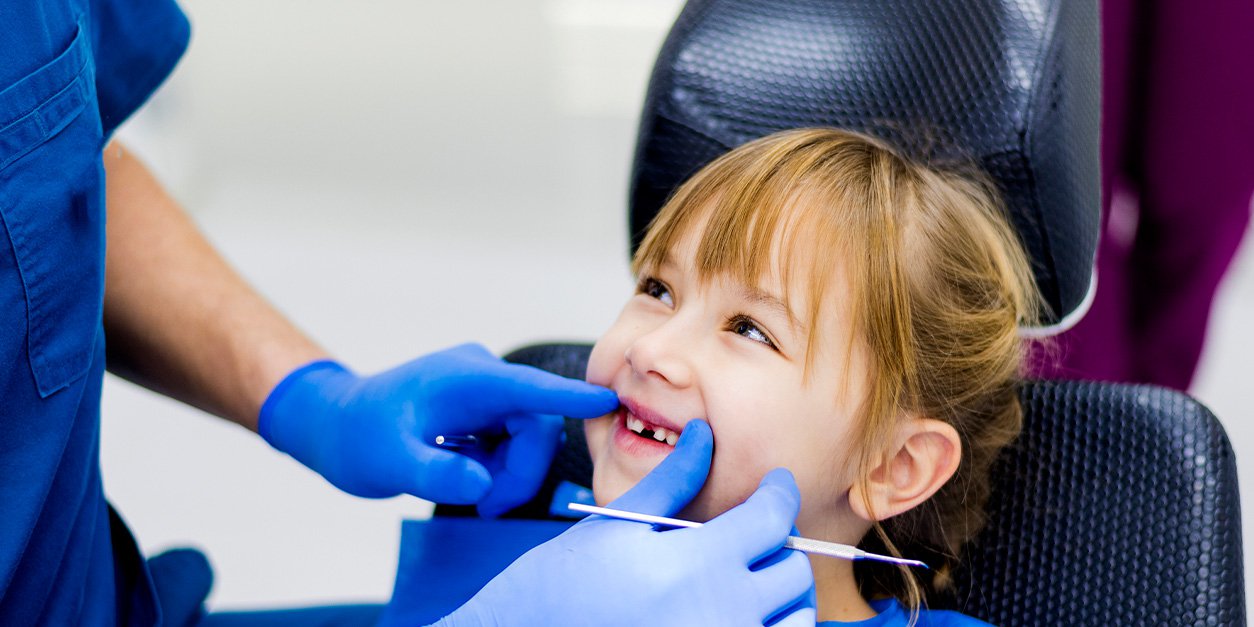
How do cavities form?
There is a lot that goes into the formation of a cavity that tends to be overlooked. Bacteria living in your mouth will use the sugars and carbohydrates you eat to create acid. This process of acid creation lowers the pH of the mouth and causes a loss of minerals within the tooth’s enamel, which is the hardest tissue in your body, and is what covers the part of your tooth that sits above the gumline. If your teeth sit long enough and frequently enough in an acidic environment, this can cause erosion of the enamel or the formation of cavities in the teeth.
Is sugar really that bad?
Sugar has many other effects besides those in the mouth. It is not good for growing bodies, and can increase cholesterol, increase blood pressure, decrease immunity, cause a fatty liver and can also cause diabetes. Over the past few hundred years, sugar consumption has drastically increased. In the 1700s, the average individual consumed four pounds of sugar a year. By the 1900s, it had gone up to 60 pounds of sugar per year per individual. Today, the average American consumes 150-170 pounds of sugar per year, which is about half a pound of sugar a day or 220 grams of sugar a day. When you compare this to the Food and Drug Association’s recommendation of no more than 50 grams of added sugar per day, it is easy to see that we need to carefully choose what we are adding to our children’s diet.
Which foods and drinks can cause cavities?
It can be hard to avoid foods that are bad for your teeth. Any food or drink that is acidic, has carbohydrates, or natural or added sugar aids in the creation of cavities. Tomatoes and citrus fruits are acidic for the teeth, while vegetables, cheeses, and nuts are neutral or helpful for them. Chips and sticky snacks that are based in carbohydrates are also damaging to the teeth.
Tooth enamel starts weakening at a pH of 5.5, and if you look up the pH of your favorite drink you might be surprised to find that it is acidic. Juice and milk contain sugar. Carbonated drinks are acidic. Even some bottled water has been found to be acidic. This means that even though sparkling water and diet sodas have no added sugars, they still create an acidic environment that can lead to cavities.
How can I keep a healthy mouth?
- Brush twice a day and floss daily. This is the one you have heard forever, but if you keep the bacteria off the teeth, it will not be there to create cavities. If you skip the flossing, you are leaving bacteria between the teeth that can still cause damage. If you start this when your child is younger, it will form into a good habit. As soon as you see that first tooth, start brushing it and keep helping your child brush their teeth until they are proficient at it.
- Combine harmful foods and drinks with meals. The mouth will naturally remove acid over time and bring the mouth back to a neutral environment. If your child is constantly snacking between meals, this means that the mouth will always be in an acidic environment and the mouth will be unable to compensate for it. Try having the juice or dessert with the meal to reduce the exposure time of the sugars and acids. Even rinsing with neutral water after bad foods or drinks can help the mouth with clearing out all that acid.
- Visit the dentist. It is recommended to have your first dental visit with the eruption of the first tooth, or by age 1. Your dentist can give you and your child specific recommendations. It is important to catch any signs of cavities early and fix bad habits before there are problems. Going to the dentist should be a great experience, not a scary one. If you make it a habit to go frequently, your visits will not be as intimidating.

